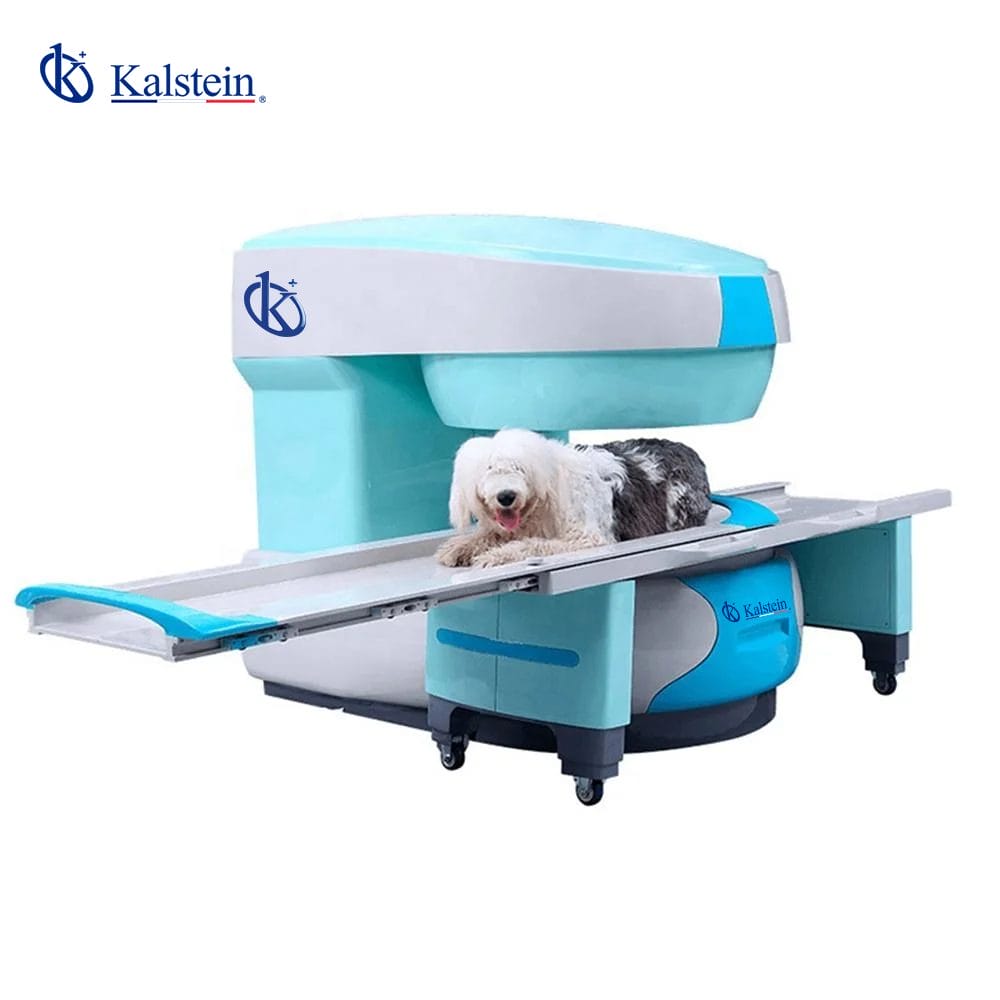In the world of veterinary medicine, technology has advanced in leaps and bounds in recent years, allowing for more precise and effective diagnosis and treatment of ailments. One piece of equipment that has revolutionized the way veterinarians can diagnose illnesses in animals is Magnetic Resonance Imaging (MRI). In this article, we will explain in detail what MRI for animals is, how it works, its benefits, and applications in the field of veterinary medicine.
What is Magnetic Resonance Imaging for Animals?
Magnetic Resonance Imaging (MRI) is a diagnostic imaging technique that uses magnetic fields and radio waves to obtain detailed pictures of the body’s interior. In the case of animals, MRI has become an invaluable tool for diagnosing a wide variety of disorders and conditions, ranging from musculoskeletal injuries to neurological disorders.
How does MRI in animals work?
The operation of an MRI for animals is similar to human MRI. The animal is placed on a table that slides into a tube that contains powerful magnets. These magnets create a magnetic field that aligns the hydrogen atoms in the animal’s body. Radiofrequency pulses are then emitted that make the hydrogen atoms emit signals detected by special antennas, creating detailed images of the animal’s soft tissues, bones, and other organs.
Benefits of MRI for Animals
MRI for animals offers a number of significant benefits for veterinarians and pet owners. Some of the most notable benefits include:
– Accurate diagnosis: MRI provides detailed, three-dimensional images of the animal’s body’s interior, allowing veterinarians to accurately diagnose a wide variety of diseases and injuries.
– Non-invasive: Unlike some invasive procedures, such as exploratory surgery, MRI is a non-invasive procedure that does not require cuts or incisions in the animal.
– Safety: MRI does not use ionizing radiation, making it a safe option for the animal and the veterinary staff.
– Guide for treatments: MRI images can help veterinarians plan and guide treatments, surgeries, and therapies for the animal more accurately.
Applications of MRI in Veterinary Medicine
MRI for animals has a wide variety of applications in the field of veterinary medicine. Some of the main applications include:
– Diagnosis of neurological diseases: MRI can be use to diagnose neurological conditions in animals, such as brain tumors, disc hernias, or spinal cord injuries.
– Evaluation of musculoskeletal injuries: MRI is an invaluable tool for evaluating injuries in joints, tendons, ligaments, and muscles in animals, allowing for an accurate diagnosis and a suitable treatment plan.
– Cancer control: MRI can be use to detect and monitor tumors in animals, enabling veterinarians to assess the extent of the cancer and plan oncological treatments.
– Studies of soft tissues: MRI can provide detailed images of the animal’s soft tissues, which is useful for diagnosing ailments such as hematomas, inflammation, or diseases of the internal organs.
In summary, Magnetic Resonance Imaging for animals has revolutionized how veterinarians diagnose and treat diseases in animals, allowing for greater precision, safety, and effectiveness in pet health care. With its ability to provide detailed, three-dimensional images of the body’s interior, MRI has become an indispensable tool in modern veterinary practice, improving the quality of life for sick animals and providing peace of mind for their owners.
If you wish to see the high-end product catalog that we at KALSTEIN have for you visit us at https://kalstein.ee/category-product/veterinary-sector/veterinary-mri/ we assure you that through our online PURCHASE channels it will be very easy and feasible to find the best market PRICES, reminding you that we are a MANUFACTURER Company of high-level Laboratory Equipment on SALE. https://www.kalstein.ee/

